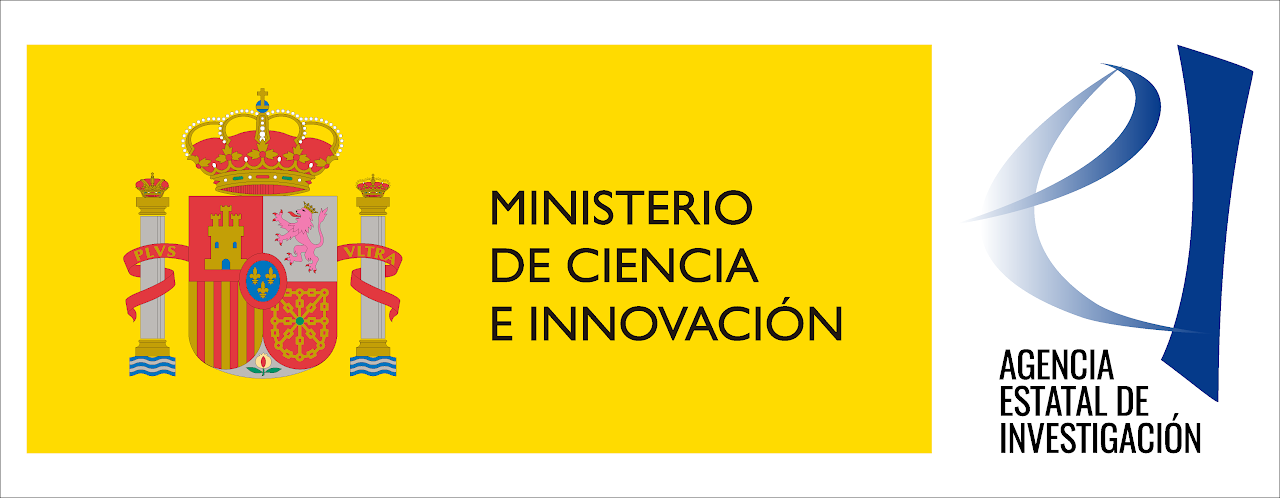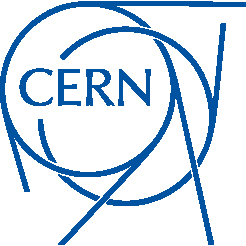Course on semiconductor radiation detectors
Facultat de Física
The Barcelona Techno Weeks are a series of events that focus on a specific technological topic of interest for both academia and industry. These events include keynote presentations by world experts, networking activities, and a comprehensive course on solid state radiation detection. CERN and ICCUB organized three editions of the Techno Week in the past, which focused on semiconductor radiation detectors in 2016, 2018, and 2021.
Course on semiconductor detectors
The core of the 7th Techno Week is a comprehensive in-person course on solid state radiation detection, which covers topics such as the physics of interaction of radiation with matter, signal formation in detectors, different solid state radiation and photon detection technologies, detector analog and digital pulse processing readout circuits, detector packaging and advanced interconnect technologies and the use of radiation and photon detectors in scientific and industrial applications. The event also includes a participant poster session, presentations from industry professionals and a series of laboratories and social events.
The next edition will take place from the 3rd to the 7th July 2023 and it will be in-person. The course is divided into four sections: Sensors and Interconnects, Microelectronics, Detector Technologies, and Applications.
Objectives
- Explain fundamentals of interaction of radiation with matter and signal formation.
- Understand different solid state radiation and photon detection technologies (including monolithic sensors, CMOS imagers, SPAD sensors, etc).
- Review detector analog and digital pulse processing readout circuits (with emphasis in microelectronics and ASIC design).
- Provide an insight of packaging and advanced interconnect technologies (hybrid sensors, 3D integration, etc).
- Survey the use of radiation and photon detectors in industrial applications.
- Present new trends in radiation and photon detection.
In addition to the lectures from experts, the event includes a participant poster session and presentations from industry professionals combined with a series of laboratories and social events.
Who it is aimed at
The event is aimed at researchers, postdocs, PhD students, and industry professionals working in fields such as particle detectors, astronomy, space, medical imaging, scientific instrumentation, material analysis, neutron imaging, process monitoring and control. It offers a good opportunity for young researchers to meet with senior experts from academia and industry.

Lecturers
Rafael Ballabriga (CERN)
Massimo Caccia (U. Degli Studi Dell'Insubria)
Michael Campbell (CERN)
Edoardo Charbon (EPFL)
Perceval Coudrain (CEA)
David Gascón (ICCUB)
Alberto Gola (FBK)
Daniel Hynds (U. Oxford)
Frank Koppens (ICFO)
Angelo Rivetti (INFN)
Ángel Rodríguez Vázquez (US)
Dennis Schaart (TU Delft)
Francesc Serra-Graells (IMB-CNM/CSIC)
Renato Turchetta (IMASENIC)
Organization Team
Joan Mauricio (ICCUB)
Sergio Gómez (Serra Hunter - UPC)
Eduardo Picatoste (ICCUB)
Andreu Sanuy (ICCUB)
Rafael Ballabriga (CERN)
David Gascón (ICCUB)
Daniel Guberman (ICCUB)
Esther Pallarés (ICCUB)
Anna Argudo (ICCUB)
ICCUB industrial collaborations in microelectronics and related technologies
There’s a strong industrial participation in the Barcelona Technoweek. Companies participate giving lectures and talks in industrial sessions, in the industrial exhibition and as sponsors. The industrial participants in this edition will be: Zeelta, Broadcom, Hamamatsu and IMASENIC.
Acknowledgements
This event is part of the grant CEX2019-000918-M funded by MCIN/AEI/10.13039/501100011033.

Sponsors
.jpg)





